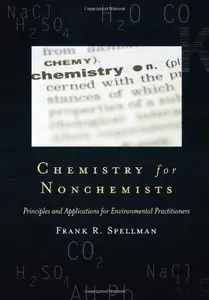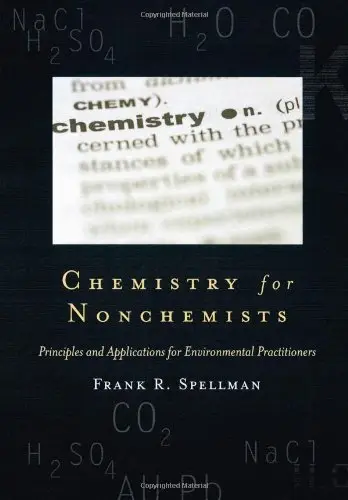Chemistry for Nonchemists: Principles and Applications for Environmental Practitioners (Science for Nonscientists) by Frank R. Spellman
English | Mar. 3, 2006 | ISBN: 0865878994 | 346 Pages | PDF | 2 MB
English | Mar. 3, 2006 | ISBN: 0865878994 | 346 Pages | PDF | 2 MB
To effectively deal with any chemical-based problem, including pollution, environmental, health and safety professionals must have at least a rudimentary understanding of the basic concepts of chemistry. This book provides such professionals with an introductory reference that will help them to understand the fundamental principles of chemistry and to understand those principles as they apply to the environmental compliance programs that regulate workplace activity. Written for anyone whose work involves environmental management, planning, impact assessment, protection, or compliance, or whose responsibilities include designing, implementing, and evaluating a health and safety program, Chemistry for Nonchemists provides a detailed overview of chemistry and its principles, chemical nomenclature, chemical reactions, and their application to regulatory compliance programs under the various environmental, health and safety laws. This book will help readers understand the "laws" of chemistry and the ramifications of out-of-control chemistry. The book begins with a review of the periodic table, a look at chemical structure and bonding, and an explanation of key terms. The author, a 35-year environmental veteran, then focuses on the fundamentals of organic and inorganic chemistry, the chemistry of water, and chemical reactions as they apply to environmental compliance programs. From there, he moves to more advanced discussions of solvents and solutes and concludes with in-depth examinations of advanced sampling and analysis, the complex reactions of metals, and chemistry's role in risk assessment.



